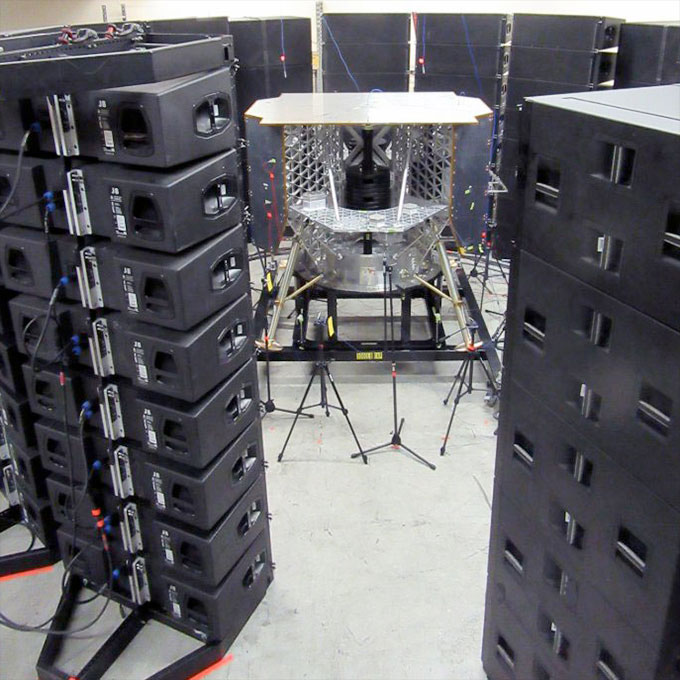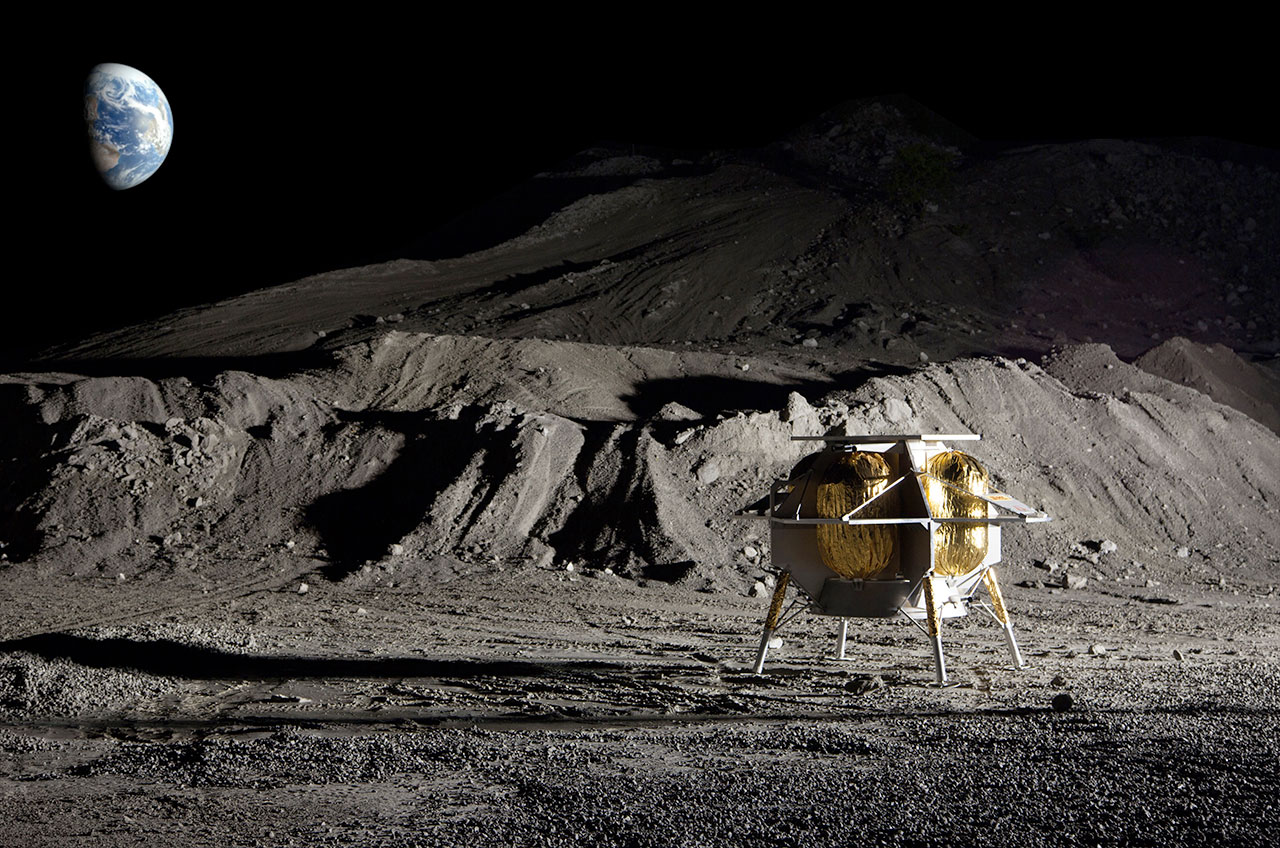Astrobotic reveals mission patch for first commercial moon landing

The first commercial lunar landing now has a mission patch.
Astrobotic revealed the artwork for its Peregrine Mission One (PM1) insignia on Wednesday (March 10), ahead of the mission's slated launch as soon as later this year. The Pittsburgh-based company's Peregrine robotic lander is set to become the first U.S. spacecraft to touch down on the moon since the Apollo missions and first privately-owned and operated vehicle to do so.
The PM1 lander will carry more than two dozen payloads to Lacus Mortis, a hexagonal-shaped plain on the near side of moon, including 14 scientific packages as part of NASA's Commercial Lunar Payload Services (CLPS) program. The Peregrine will launch on a United Launch Alliance (ULA) Vulcan rocket from Cape Canaveral Space Force Station in Florida.
Related: NASA unveils 16 payloads that private landers will take to the moon
Standing 6.2 feet tall 8.2 feet wide (1.9 by 2.5 m), the Peregrine lunar lander is outfitted with five main engines and four clusters of attitude control thrusters. The solar-powered, four-legged spacecraft is "stout, stiff and simple" to allow for easy payload integration.
The PM1 patch features a peregrine falcon soaring towards its lunar destination, similar to how an American bald eagle represented the first astronauts to land on the moon in 1969.
"We wanted to create a clean and modern design, but also reference previous historic missions," Sarah Huth, Astrobotic's graphic designer, said in a statement. Utilizing our Peregrine bird imagery was a nod to NASA's Apollo 11 patch — highlighting the historic significances and firsts that our mission accomplishes."
Breaking space news, the latest updates on rocket launches, skywatching events and more!

On the PM1 patch, the peregrine looks up to the moon, which is depicted in the same phase that people will see the celestial body at the time of the mission's touchdown (based on the current schedule). There are seven craters on the moon, representing the seven nations that are flying payloads on the lander, including the U.S., Mexico, Canada, United Kingdom, Japan, Hungary and Chile.
"In terms of concept, we emphasized upwards movement, exploration and the strength of our maiden voyage," said Huth. "Using the Astrobotic logo to lift the Peregrine towards the moon captured the spirit of our team as we develop and prepare our own Peregrine lander for Mission 1."
"Meaningful symbolism throughout the design tells our PM1 story every time it's sewn onto a jacket or projected onto a screen," she said.
Astrobotic chose the peregrine as the namesake for its lander for a couple of different reasons. The peregrine falcon is the most widely distributed bird of prey with a presence on five of the six continents. Similarly, people and cultures from around the world are represented on the company's Peregrine lander, whether it is the public through the small personal mementos being flown in the DHL MoonBox to space agencies like Agencia Espacial Mexicana and NASA to companies like SpaceBit in the UK. Peregrine will be carrying the dreams of people all over the globe, the company said.
Peregrine falcons are also nimble and quick, flying at speeds of more than 200 miles per hour (320 kph), earning it the title as fastest animal on the planet.
"Our Peregrine lander is aptly named to represent how Astrobotic has nimbly adapted to the many challenges and changing landscapes of the space sector," John Thornton, Astrobotic CEO, said.
The Astrobotic's Peregrine Mission One patch will be available for sale in the coming months through Astrobotic's new online store, which the company expects to debut in early April.
Follow collectSPACE.com on Facebook and on Twitter at @collectSPACE. Copyright 2021 collectSPACE.com. All rights reserved.

Robert Pearlman is a space historian, journalist and the founder and editor of collectSPACE.com, a daily news publication and community devoted to space history with a particular focus on how and where space exploration intersects with pop culture. Pearlman is also a contributing writer for Space.com and co-author of "Space Stations: The Art, Science, and Reality of Working in Space” published by Smithsonian Books in 2018.
In 2009, he was inducted into the U.S. Space Camp Hall of Fame in Huntsville, Alabama. In 2021, he was honored by the American Astronautical Society with the Ordway Award for Sustained Excellence in Spaceflight History. In 2023, the National Space Club Florida Committee recognized Pearlman with the Kolcum News and Communications Award for excellence in telling the space story along the Space Coast and throughout the world.


